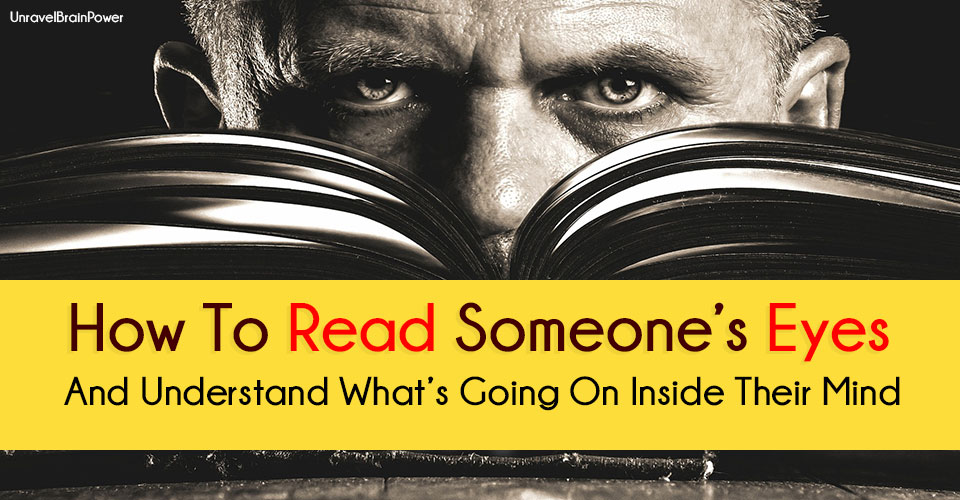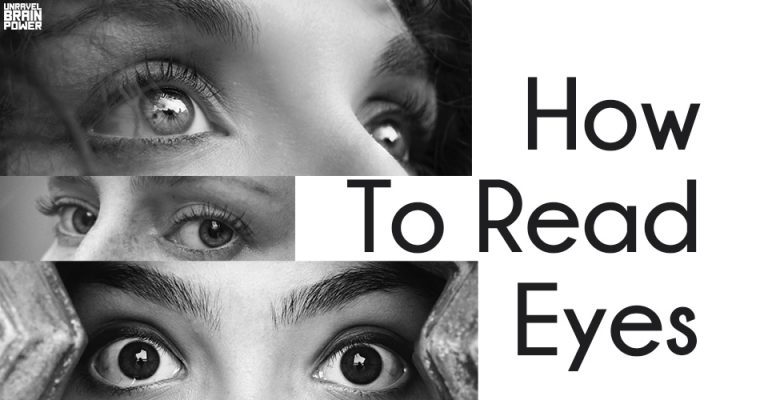
The eyes are often called the “windows to the soul,” and for a good reason. They can reveal a lot about a person’s emotional state and intentions. Reading eyes is an essential aspect of nonverbal communication, and it can help you understand others better.
In this article, we’ll explore some tips on how to read eyes and understand nonverbal communication better.
1. Look at the pupils
The size of a person’s pupils can reveal a lot about their emotions. When a person is interested, excited, or aroused, their pupils tend to dilate, becoming larger. Conversely, when a person is bored, disinterested, or afraid, their pupils constrict, becoming smaller.
If you’re trying to understand a person’s emotional state, pay attention to their pupils. For example, if you notice that someone’s pupils are dilated when they’re talking to you, it’s a sign that they’re interested and engaged in the conversation.
2. Notice the eyebrows
The eyebrows can also provide valuable information about a person’s emotional state. Raised eyebrows can indicate surprise or interest, while furrowed eyebrows suggest anger, confusion, or concern.
If you’re trying to read someone’s emotions, pay attention to their eyebrows. For example, if you notice that someone’s eyebrows are raised, it’s a sign that they’re surprised or interested in something.
3. Pay attention to the direction of gaze
Where a person is looking can provide valuable information about their thoughts and emotions. If a person is looking away, it may suggest discomfort or dishonesty, while direct eye contact can show confidence and honesty.
If you’re trying to understand a person’s intentions, pay attention to where they’re looking. For example, if you notice that someone is avoiding eye contact, it may suggest that they’re uncomfortable or that they’re hiding something.
4. Observe the eyelids
The rate of blinking can also provide valuable information about a person’s emotional state. Rapid blinking may indicate nervousness or stress, while slow blinking can suggest relaxation or comfort.
If you’re trying to read a person’s emotions, pay attention to their blinking rate. For example, if you notice that someone is blinking rapidly, it may suggest that they’re nervous or stressed about something.
5. Watch for changes in expression
Facial expressions can change quickly and reveal a lot about a person’s emotional state. A smile can indicate happiness, while a frown can suggest sadness or anger.
If you’re trying to read a person’s emotions, pay attention to their facial expressions. For example, if you notice that someone is smiling, it’s a sign that they’re happy or enjoying themselves.
In conclusion, understanding nonverbal communication is an essential aspect of interpersonal communication. Reading eyes can provide valuable information about a person’s emotional state and intentions. By paying attention to pupils, eyebrows, direction of gaze, eyelids, and changes in expression, you can become better at reading eyes and understanding nonverbal communication.
Common types of gazing
There are several types of gazing, each of which can communicate different emotions or intentions. Here are some common types of gazing:
- Mutual Gaze: This is when two people make direct eye contact and maintain it for a period of time. It is often seen as a sign of intimacy, trust, and connection.
- Aversion Gaze: This is when a person avoids eye contact, often by looking down or to the side. It can be a sign of shyness, discomfort, or dishonesty.
- Glancing Gaze: This is a brief, casual gaze that is often used in social situations. It can be a sign of politeness, acknowledgement, or interest.
- Staring Gaze: This is a prolonged and intense gaze that can be uncomfortable or threatening. It can be a sign of aggression, dominance, or attraction.
- Loving Gaze: This is a soft and tender gaze that is often used in romantic relationships. It can be a sign of affection, admiration, and love.
- Power Gaze: This is a strong and confident gaze that is often used in professional or competitive settings. It can be a sign of authority, dominance, and control.
It’s important to note that the meaning of a gaze can vary depending on cultural and individual differences. It’s essential to consider context and other nonverbal cues when interpreting a person’s gaze.
Frequently Asked Questions About Eyes Reading
Can you tell emotions through eyes?
Yes, you can often tell a person’s emotions through their eyes. The eyes are a vital component of nonverbal communication and can provide clues about a person’s emotional state.
For example, when a person is happy, their eyes tend to crinkle at the corners, and the muscles around their eyes may lift, causing their eyebrows to rise slightly. Conversely, when a person is sad, their eyes may appear dull, and they may avoid making eye contact. When a person is angry, their eyes may widen, and they may stare intensely, conveying a sense of hostility.
Other emotions, such as fear, surprise, disgust, and contempt, can also be conveyed through the eyes. For example, when a person is afraid, their pupils may dilate, and their eyes may widen. When a person is surprised, their eyebrows may raise, and their eyes may widen. When a person feels disgust or contempt, they may squint their eyes, furrow their brows, and display a look of disapproval.
However, it’s important to note that interpreting emotions through the eyes requires context and taking into account other nonverbal cues and verbal communication. Additionally, different individuals may display emotions in unique ways, and cultural factors may also influence the interpretation of eye-related cues. Therefore, while the eyes can provide valuable information about a person’s emotions, it’s important to consider all aspects of communication when interpreting nonverbal cues.
How do eyes show sadness?
When a person is sad, their eyes can exhibit several cues that convey their emotional state. Here are some common eye-related cues that may indicate sadness:
- Puffy or Swollen Eyes: When a person is sad, they may cry, causing their eyes to become puffy or swollen.
- Redness: Crying can also cause the eyes to become red and inflamed.
- Droopy Eyelids: Sadness can cause the muscles around the eyes to relax, causing the eyelids to droop.
- Lack of Eye Contact: A person who is sad may avoid making eye contact or may look down, avoiding eye contact altogether.
- Dull or Lifeless Eyes: When a person is sad, their eyes may appear dull or lifeless, lacking the usual spark or energy.
- Tear-filled Eyes: Sadness can cause the eyes to fill with tears, which can be an obvious sign of distress.
Overall, when a person is sad, their eyes may exhibit a combination of these cues, which can communicate their emotional state to others.
Save This Pin

